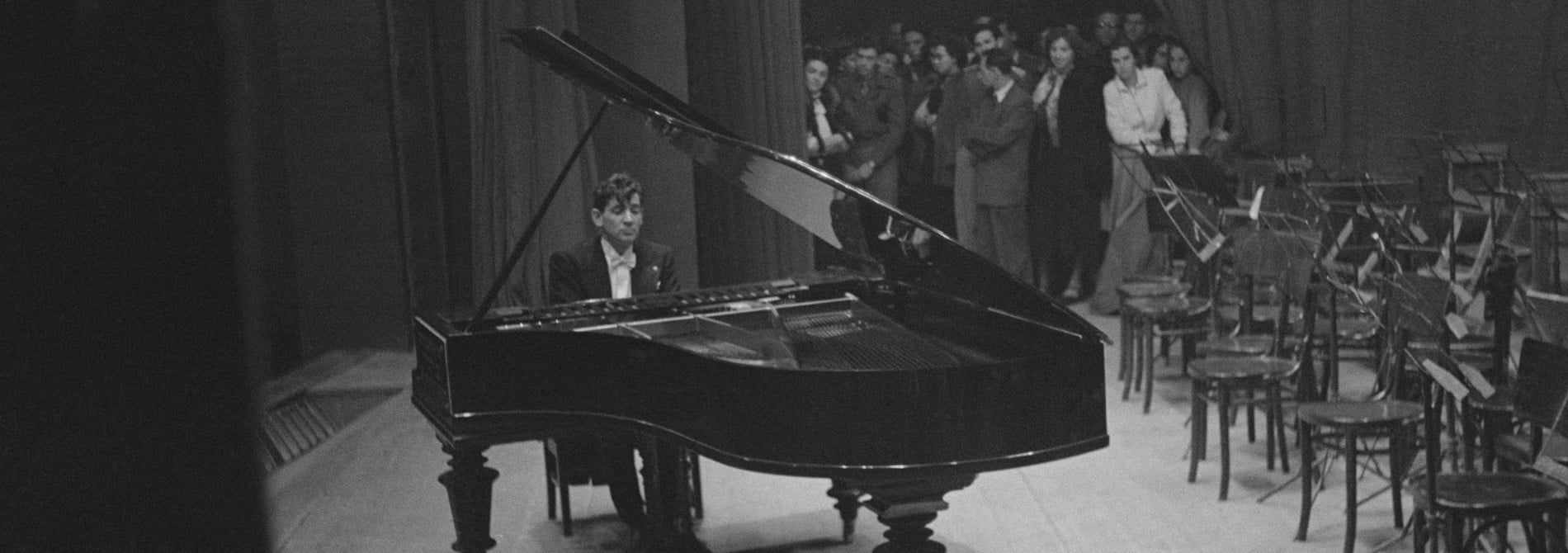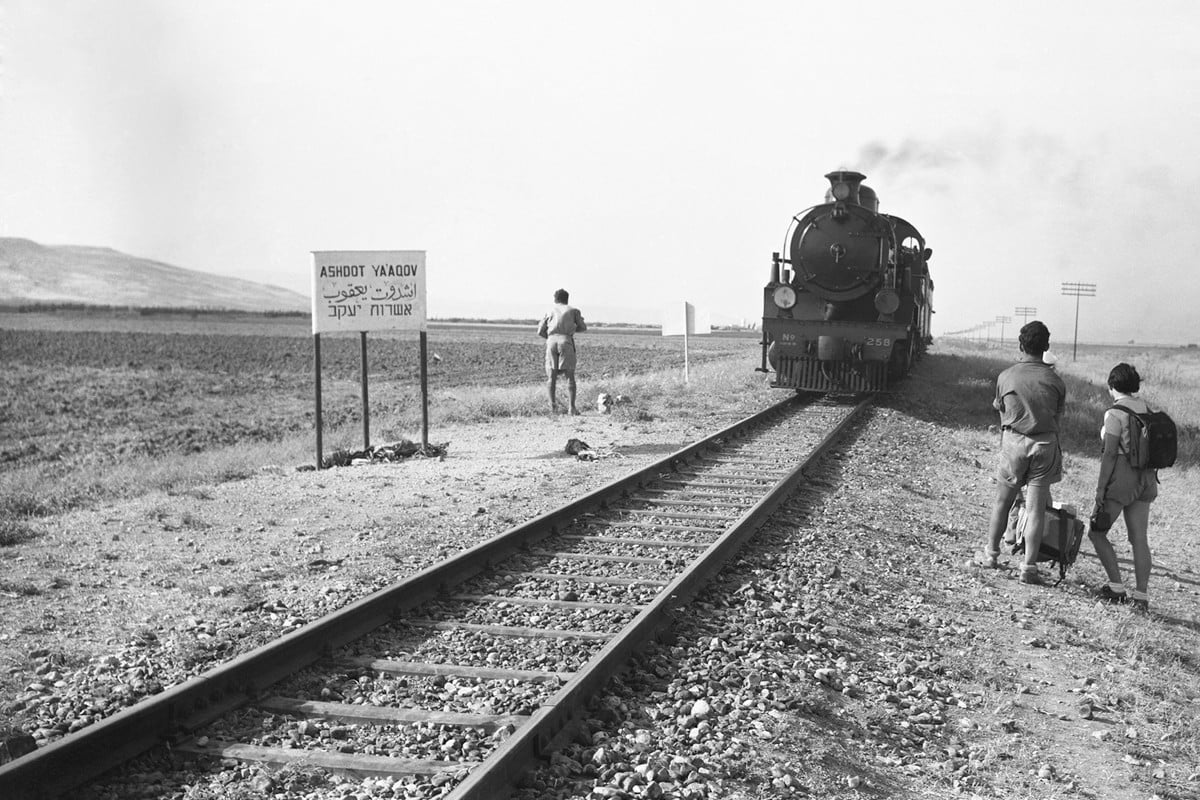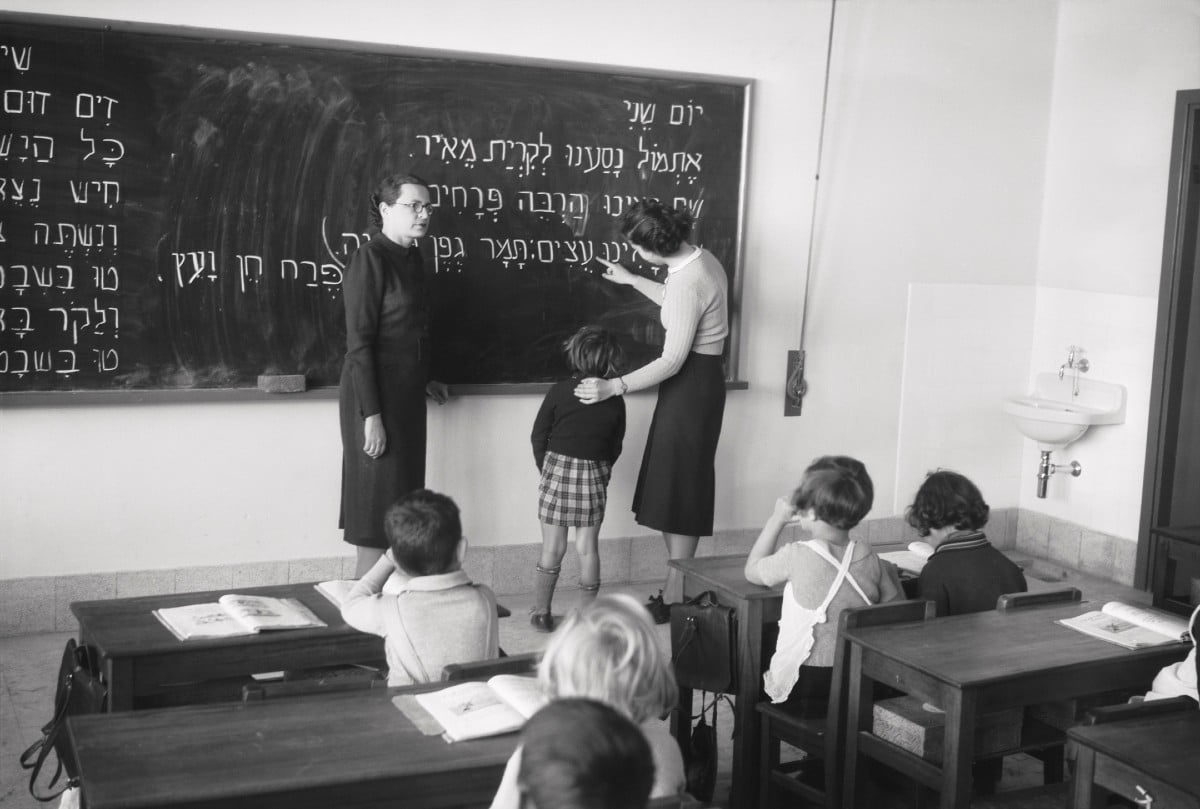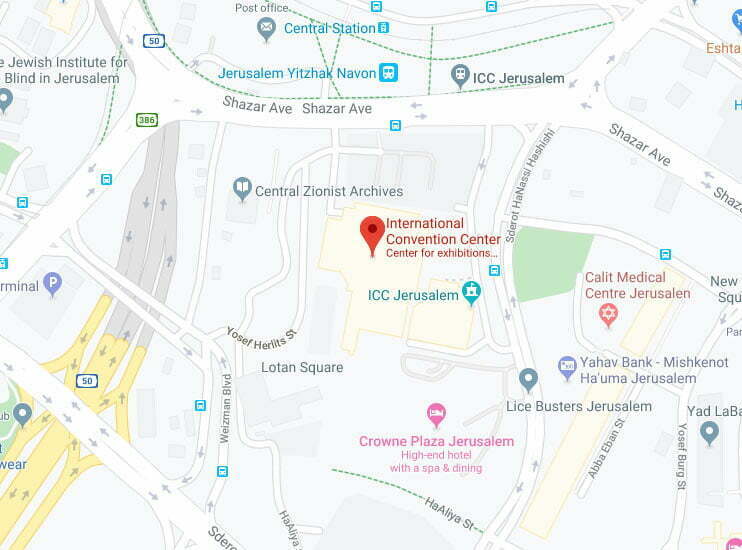
"The photohouse"
Many of the photographs in this exhibition will not be new to you. Even if you have never given a thought to the person who stood behind the camera lens, some of them are part of the collective Israeli memory. Whether it was an event of historic importance or something from the daily life of the city or the countryside, Rudi Weissenstein was there to photograph it. In January 1936, Rudi arrived at the Jaffa port bearing a journalist’s certificate and a camera set. That same year he already photographed important events such as the funeral of Mayor Dizengoff, the first concert of the Philharmonic Orchestra and the events of the great Arab revolt. He continued to take pictures for over 40 years. Although Weissenstein was mainly identified with propaganda images of the Zionist enterprise, the areas of photography he engaged in were diverse. He worked with many different clients, including the courts, the Mandate authorities, and private individuals who came to have their portrait photos taken in his studio. Despite his preference for photo-journalism, he also photographed festive events, architecture and fashion.
Weissenstein was born in 1910 in the Moravian town of Jihlava, part of the present-day Czech Republic. He was raised in a Zionist-Jewish family imbued with European culture, and attended the College of Graphics and Photography in Vienna. Later on he worked as a newspaper photographer in Prague. Once in Israel he met Miriam Arenstein, who had also immigrated with her family from Czech. The couple married in 1940, and that year opened the Pri Or photography studio in Tel Aviv, which everyone called the “tzalmania”, and which is still functioning to this day. It uniqueness lies in the meticulous archive Miriam built of Rudi’s tremendous collection, which she maintained until the day she died. It is the largest private archive in Israel, with over a million negatives. The enormous value of this archive lies in its scope, its diversity, and the sensitivity and esthetics with which Weissenstein documented the beginnings of the State of Israel.
Curator: Eran Litvin


